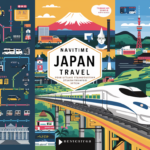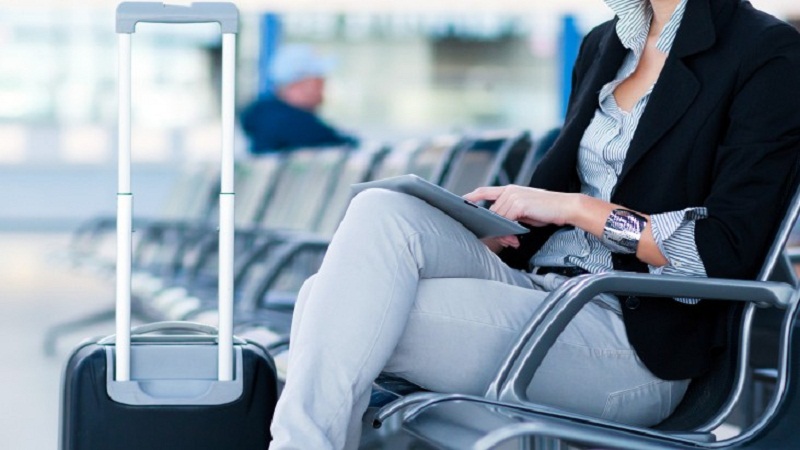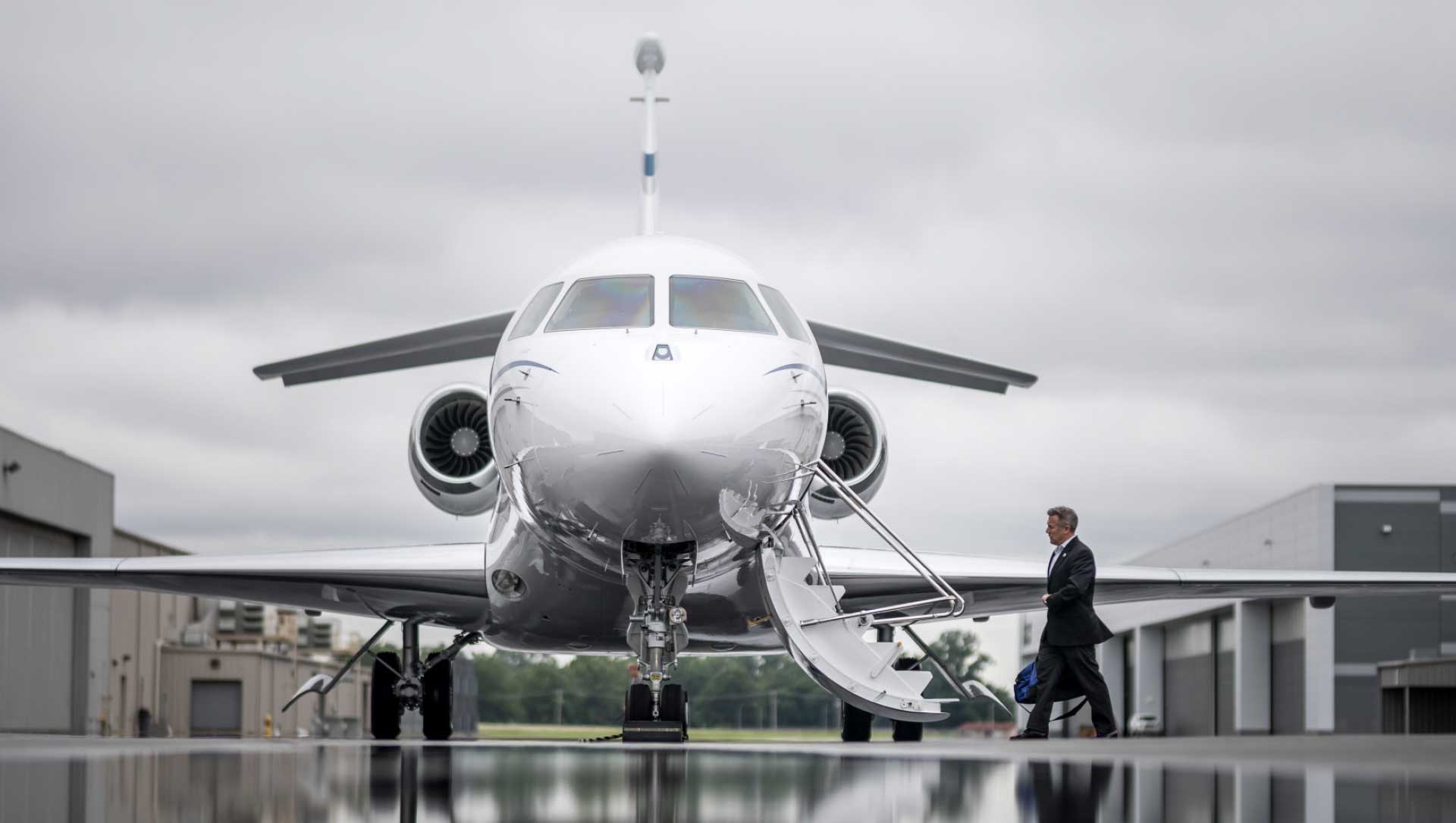Navigating public transportation in foreign cities can be both exciting and daunting. As an avid traveler, I’ve learned a few valuable tips that have made my journeys smoother and more enjoyable. Whether it’s hopping on a bus, catching a train, or figuring out the subway, these tips will help you navigate unfamiliar transportation networks like a seasoned local. From researching the system before your trip to understanding ticketing options and cultural nuances, this guide will equip you with the knowledge and confidence to explore new destinations with ease.
Content
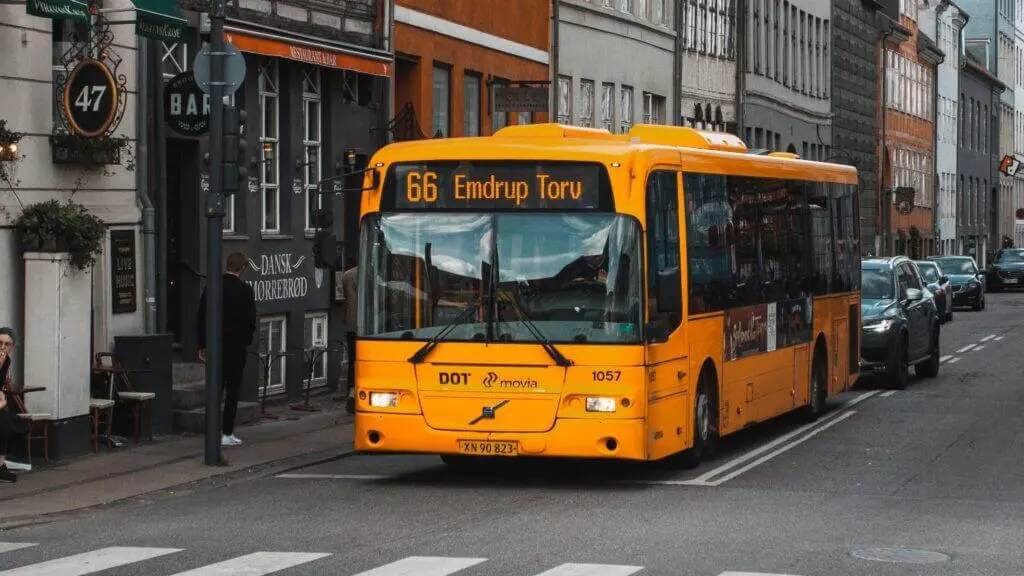
Researching Before Your Trip
Planning ahead and conducting thorough research before embarking on a trip to a foreign city can significantly enhance your travel experience. By familiarizing yourself with the local transportation system, you can navigate effortlessly and make the most of your time exploring. Here are some essential steps to consider when researching before your trip.
Also Read: Adventure on the High Seas: Sailing and Yachting Adventures
- Understanding the Public Transportation System: To begin your research, delve into the intricacies of the public transportation system in the city you plan to visit. Familiarize yourself with the various modes of transportation available, such as buses, trains, trams, or subways. Learn about their routes, schedules, and frequency of service. This knowledge will help you identify the most convenient options for your journey.
- Ticketing Options and Fare Structure: Inquire about the different ticketing options and fare structures offered by the local transportation authorities. Determine whether the system relies on single-use tickets, reloadable cards, or digital payment methods. Understanding the fare structure will allow you to budget appropriately and choose the most cost-effective ticketing option for your needs.
- Key Transportation Hubs and Routes: Identify the main transportation hubs and key routes within the city. These hubs, such as central train stations or major bus terminals, serve as critical connection points for various modes of transportation. By familiarizing yourself with these hubs and routes in advance, you can plan your itinerary more efficiently and minimize confusion during your travels.
- Transportation Apps and Online Resources: Take advantage of transportation apps and online resources that provide up-to-date information about routes, schedules, and real-time updates. These apps often offer interactive maps, trip planning features, and alerts for delays or service disruptions. Downloading and familiarizing yourself with these tools can save you time and help you navigate seamlessly through the city.
- Local Insights and Travel Communities: Seek out local insights and travel communities through online forums or social media platforms. Engage with fellow travelers or locals who can offer firsthand advice and recommendations regarding the city’s public transportation system. Their tips can provide invaluable insights and help you discover hidden gems that might not be mentioned in traditional guidebooks.
Navigating the Public Transportation Network
Once you’ve arrived in a foreign city, successfully navigating its public transportation network is crucial for exploring and getting around efficiently. With a little preparation and a sense of adventure, you can easily master the local transportation system. Let’s dive into some essential tips to help you navigate the public transportation network like a pro.
- Studying the Route Maps and Timetables: To start, familiarize yourself with the route maps and timetables of the city’s public transportation system. These maps are often available online, at stations, or through mobile apps. By studying the routes and understanding the schedules, you can plan your journeys effectively, identifying the most direct and time-efficient routes to your desired destinations.
- Transfers and Connections: When using public transportation, transfers and connections can be inevitable. It’s essential to understand the process and make smooth transitions between different modes of transportation. Pay attention to signage and announcements at stations, indicating which platform or bus stop to proceed to for your next connection. Being aware of transfer points will save you time and prevent unnecessary confusion.
- Identifying Landmarks or Unique Features: In unfamiliar surroundings, it’s easy to feel disoriented. To combat this, learn to identify landmarks or unique features near your desired stations or stops. These landmarks could be prominent buildings, statues, or even distinct geographical features. By keeping an eye out for these points of reference, you can navigate with more confidence, ensuring you reach your intended destination without getting lost.
- Understanding Common Signage and Symbols: Each transportation system has its own set of signs and symbols that convey important information to passengers. Take the time to familiarize yourself with these symbols before embarking on your journey. Understanding signage for ticket validation, station exits, and platform directions will help you navigate efficiently and avoid any unnecessary detours.

Communication and Language Challenges
When navigating public transportation in a foreign city, communication and language barriers can pose unique challenges. However, with a positive attitude and a few strategies, you can overcome these obstacles and ensure a smooth journey. Let’s explore some helpful tips for tackling communication and language challenges while using public transportation.
- Dealing with Language Barriers: Language barriers are a common hurdle in foreign cities. It’s important to remain calm and patient when faced with limited language proficiency. One effective approach is to use simple phrases and gestures to communicate your needs. For instance, asking “Where is the nearest bus stop?” or pointing to your destination on a map can often convey your intention, even if you don’t speak the local language.
- Useful Phrases and Essential Vocabulary: Equipping yourself with a few key phrases and essential vocabulary can greatly enhance your ability to communicate. Learn basic words related to transportation, such as “ticket,” “bus,” “train,” or “stop.” Additionally, knowing phrases like “Excuse me, can you help me?” or “Is this the right platform?” can assist you in seeking assistance from locals or transportation staff. When I traveled to Tokyo, knowing basic Japanese phrases helped me navigate the complex train system and interact with locals effectively.
- Seeking Assistance: Don’t hesitate to seek assistance when needed. Approach transportation staff or fellow passengers, as they can often provide guidance or clarify any doubts you may have. Politeness goes a long way, so remember to say “please” and “thank you” in the local language. Many people are willing to help, and your efforts to communicate respectfully will be appreciated.
During my visit to Paris, I encountered a friendly local who noticed my confusion at a subway station. Despite the language barrier, they went out of their way to guide me to the correct platform, ensuring I boarded the right train. This experience highlighted the kindness of strangers and the importance of reaching out for help when required.
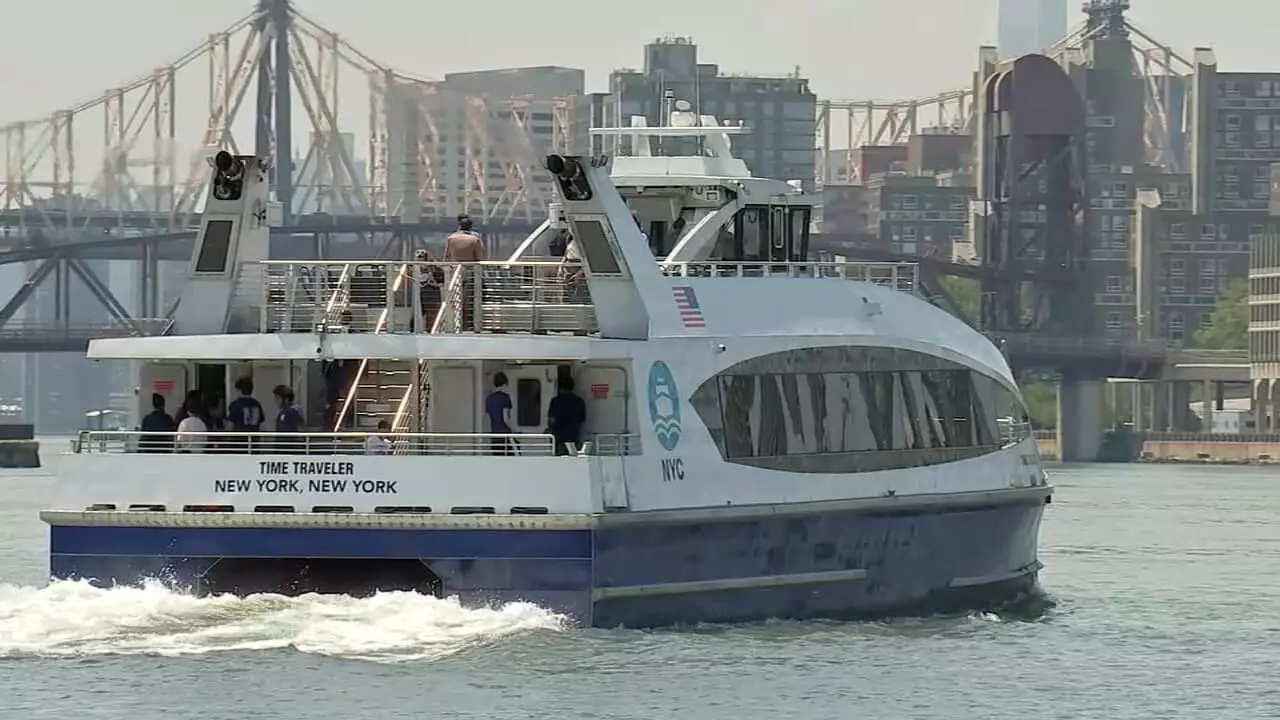
By adopting a positive mindset, learning basic phrases, seeking assistance, and using non-verbal communication techniques, you can effectively overcome communication and language challenges while navigating public transportation in a foreign city. Remember, even small efforts can make a significant difference in ensuring a smooth and enjoyable travel experience.
Conclusion
navigating public transportation in foreign cities may seem daunting at first, but with the right strategies, it can be an adventure in itself. As I reflect on my own experiences exploring new places, I’ve come to appreciate the value of researching before the trip, understanding local ticketing options, and embracing the challenges of communication and language barriers. By incorporating these tips into your travel routine, you’ll not only save time and money but also unlock hidden gems and immerse yourself in the vibrant culture of your destination. So, hop on that bus, board that train, and embark on your next journey with confidence and curiosity. Happy travels!
FAQs
u003cstrongu003eHow can I stay connected to the internet while navigating public transportation in a foreign city?u003c/strongu003e
To stay connected, consider purchasing a local SIM card or using portable Wi-Fi devices available for rent. Additionally, many cities offer free public Wi-Fi in transportation hubs or onboard certain modes of transportation. Utilize offline maps or download transportation apps in advance to access directions and real-time updates without relying on continuous internet connectivity.
u003cstrongu003eWhat should I do if I encounter issues with ticket vending machines or payment systems?u003c/strongu003e
If you experience difficulties with ticket vending machines or payment systems, seek assistance from transportation staff or fellow passengers. They can provide guidance or help you find alternative ticketing options. It’s also advisable to carry some local currency as a backup and be aware of nearby ticket offices where you can obtain tickets directly from a person.
u003cstrongu003eHow do I handle overcrowded public transportation during peak hours?u003c/strongu003e
During peak hours, public transportation can become crowded. To navigate this, try to plan your journeys outside of rush hours if possible. If you find yourself in a crowded vehicle, remain alert, hold on to handrails or straps for stability, and be mindful of personal belongings. Sometimes, waiting for the next train or bus can provide a more comfortable travel experience.
u003cstrongu003eWhat should I do if I miss my stop or get lost in a foreign city’s public transportation system?u003c/strongu003e
If you miss your stop or get lost, stay calm and remember that mistakes happen. Depending on the situation, you can either continue to the next stop and backtrack or ask for assistance from fellow passengers or transportation staff. Utilize navigation apps or maps to reroute and find your way back. Familiarize yourself with important landmarks near your destination to help you recognize your stop.
u003cstrongu003eHow can I ensure the safety of my personal belongings while using public transportation?u003c/strongu003e
Keeping your personal belongings safe is essential. Avoid displaying valuable items openly and keep your bags close to you at all times. Use secure compartments or backpacks with hidden zippers to deter theft. Be cautious in crowded spaces and remain aware of your surroundings. If available, use luggage racks or lockers in stations to store larger items. Taking these precautions will minimize the risk of theft or loss.



